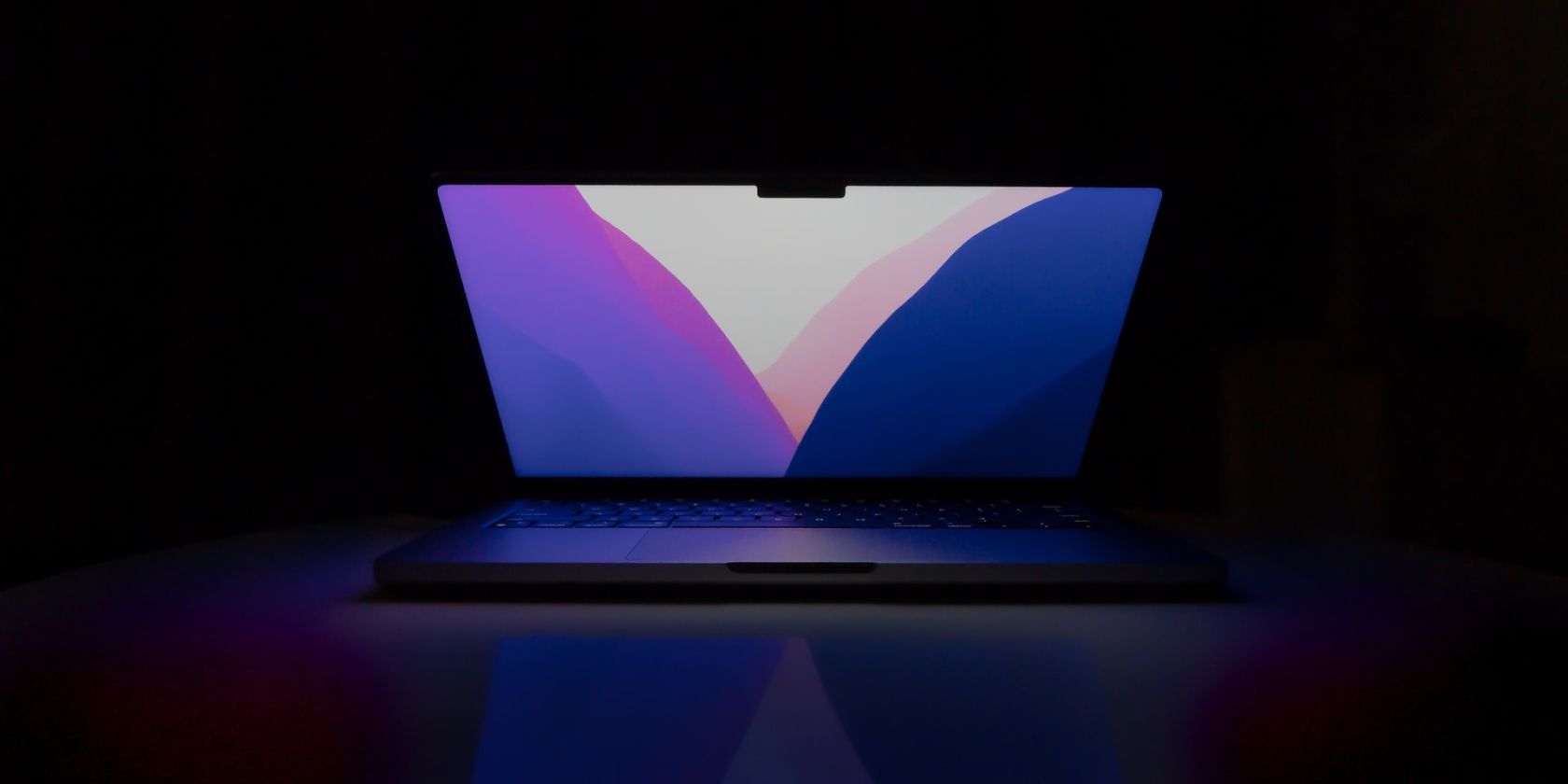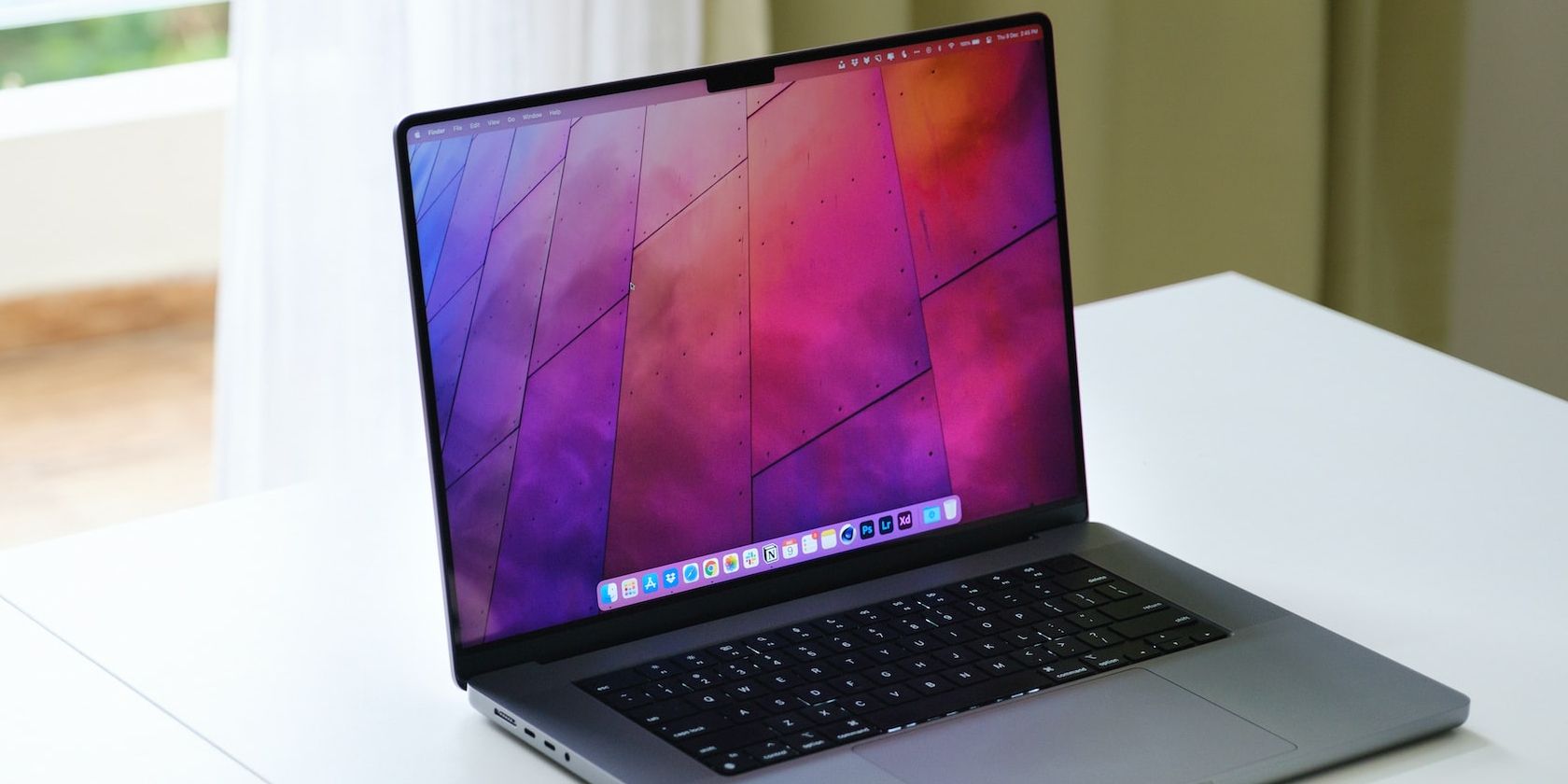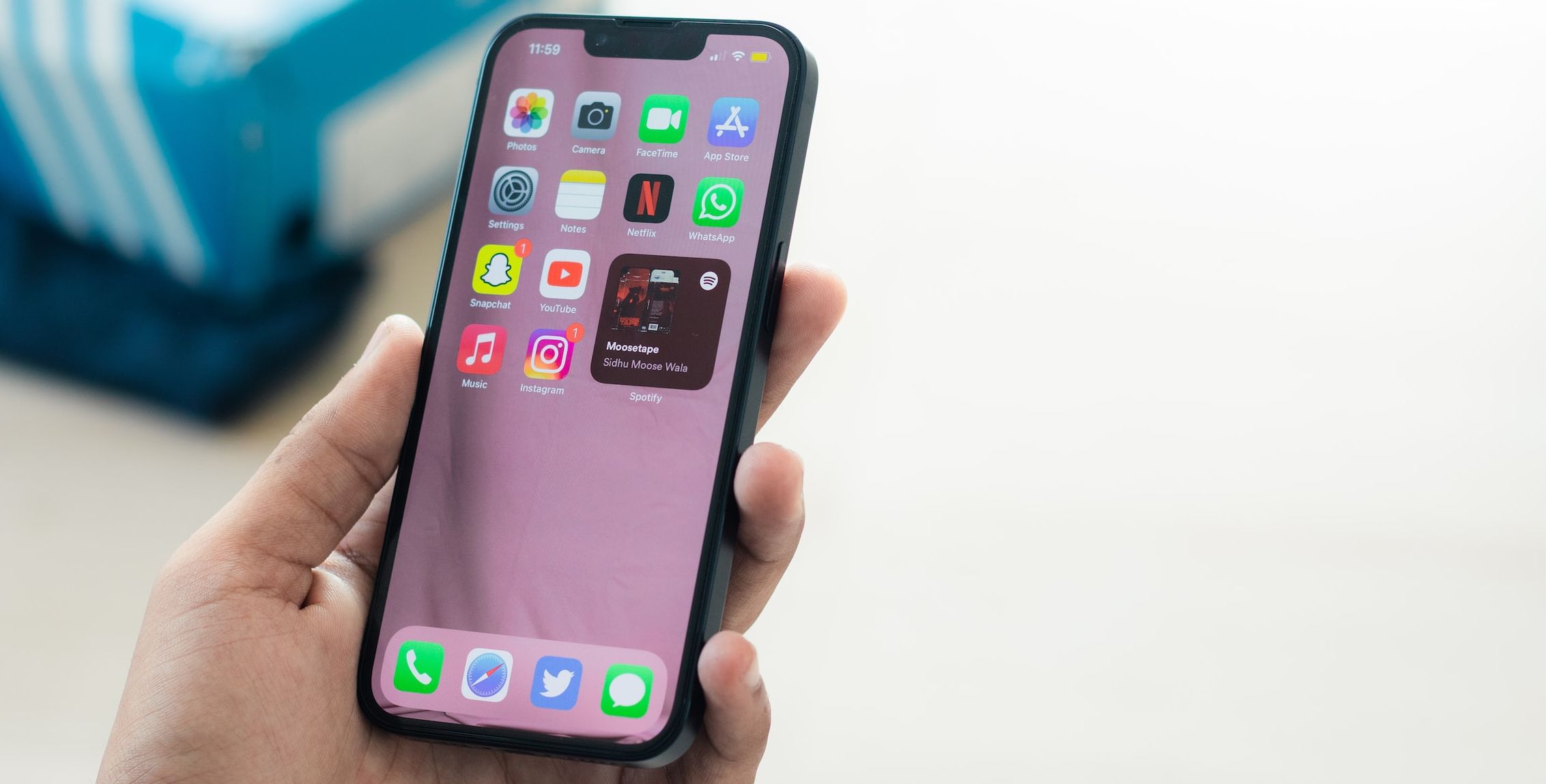Most Apple fans can agree on two things regarding the 2021 and 2022 MacBook Pro models. First, the new machines are certainly plenty powerful and stunning. Second, the notch design is a bit confusing.
Why did Apple think it was a necessary feature to include on the MacBooks? We couldn't help but wonder if Apple is ready to bring Face ID to the Mac. And here's why we think incorporating Face ID into newer Macs may be a step in the right direction.
1. Good Use of the MacBook's Notch
There's more screen real estate with the thinner bezels on the newer MacBook Pro models. But one may argue that while some of that bezel space has been trimmed off with the menu bar pushed up, the appearance of the notch seems obtrusive.
While many believe it to be a pesky little feature that chips away at the otherwise incredible display of the MacBook, the notch really doesn't disrupt your workflow much once you're running apps in full-screen mode. However, though most of us have adjusted to the reality of the notch, adding Face ID hardware in that area could be an additional, valuable function for that space.
If Apple ever brings Face ID to the newer Macs, it may be sufficient justification for the notch area that is currently a bit large for the 1080p webcam, ambient light sensor, and green LED indicator it houses.
2. Face ID Could Force Apple to Use Better Webcams
Face ID is powered by a sophisticated technology called the TrueDepth camera system that's powerful enough to capture and analyze whatever facial data you input each time you glance at the Mac. You can read our guide on how facial recognition technology works.
So, if we do get Face ID on the newer Mac models, we can expect higher-quality webcams that could rival the 12MP TrueDepth cameras on the latest iPhones. This means better video calls on your Mac without having to use the Continuity Camera feature Apple introduced alongside macOS Ventura.
3. Brings It On Par With iPhones
Once upon a time, Touch ID was the standard biometric authentication across Apple devices. But since Apple launched the feature in 2017 with the iPhone X, it has gradually phased out the once popular Touch ID on the newer iPhone and iPad models. And the facial recognition technology on the iPad and iPhone has only gotten better over the years.
Whether you're indoors or outdoors, wearing contact lenses or a pair of glasses, you can position your face at just the right angle and get access to your iPhone and iPad. You can even use Face ID on your iPhone with a face mask.
So, while the iPhone and iPad may have recorded remarkable growth in this department, Macs are sadly lagging behind. So, introducing Face ID will bring the Mac on par with the rest of Apple's current generation of products.
4. Convenience
The functionality of a Face ID on a Mac just seems very practical. More often than not, the minute you open the lid on a MacBook or settle in front of your iMac, there's a high probability that your face is already inclined at just the right angle required to enroll your face features into your Mac.
All you have to do is to glance at your Mac at just the right angle. And chances are you already do that. So, you can easily and quickly unlock your Mac without moving your hands away from the trackpad (over to the Touch ID sensor) or sacrificing a few seconds to type in your password.
On top of that, Face ID can reduce the tendency to operate your device with dirty hands. You probably already know that sweaty hands can damage your MacBook or any laptop. But what damage can a sweaty face do to your Mac if it doesn't even need to come in contact with your laptop screen?
5. Accessibility
Thanks to the variety of motor accessibility options available in macOS, Macs are easier to navigate for people with disabilities. Introducing Face ID could be an additional accessibility feature making it easier for users to access their Macs. And with voice control as an accessibility feature, you can control your Mac without touching it.
Face ID Can Elevate the Mac Experience
We can't wait for Apple to bring Face ID to the Macs, even though industry experts have mentioned that the technology just doesn't exist yet. Considering Microsoft allows users to unlock their computers with Windows Hello, Face ID seems like the perfect move to stay ahead of the competition.
While arguments abound that the MacBook's bezels are just too thin to accommodate the feature, and knowing that Apple wouldn't compromise on the premium build for which its products are loved, chances are we might get it first on the iMacs; only time will tell.




